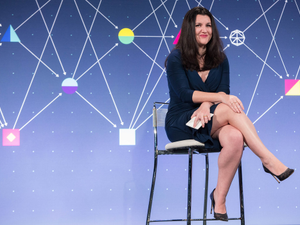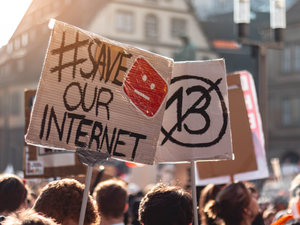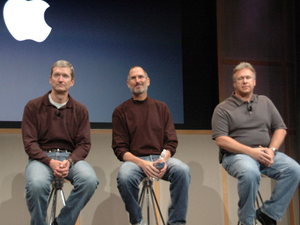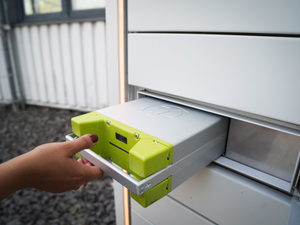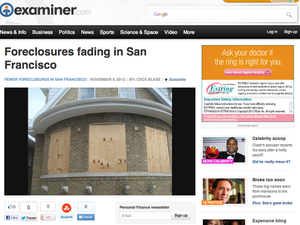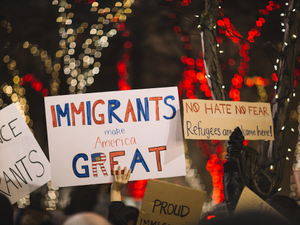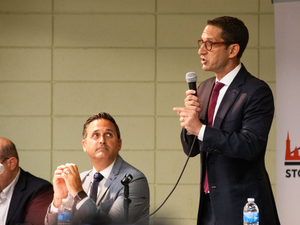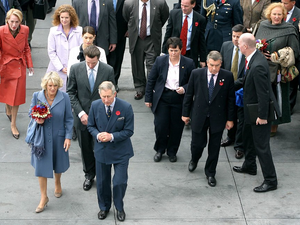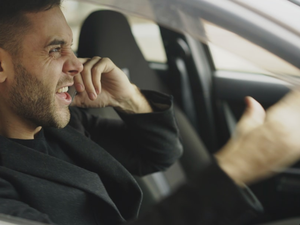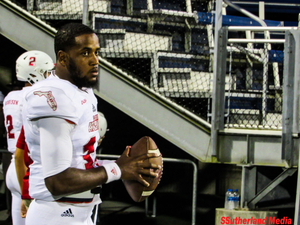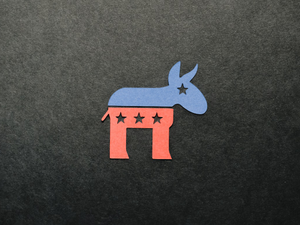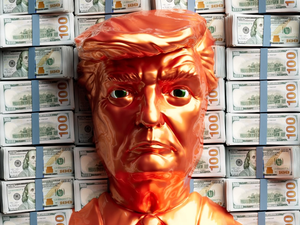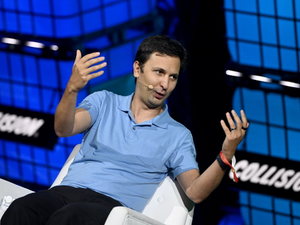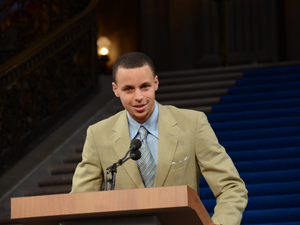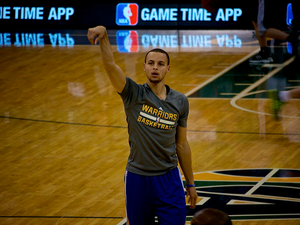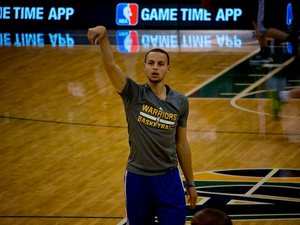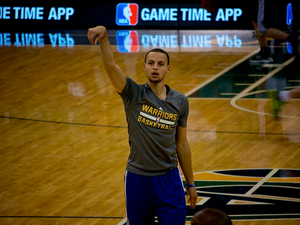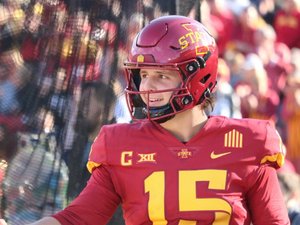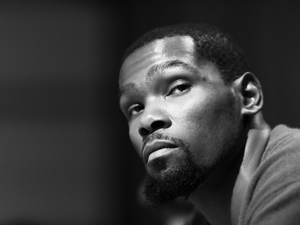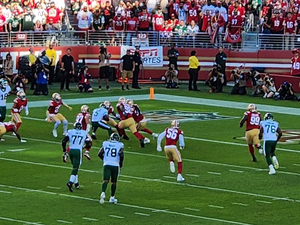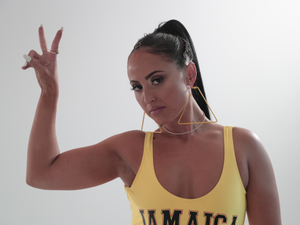Blue Checkmarks Are Back: Bluesky's Verification Drama Explained

Photo by Vitaliy Gavrushchenko on Unsplash
The social media verification rollercoaster just got another loop with Bluesky’s latest move. After months of chaos in the digital identity landscape, the platform is dropping a verification system that might actually make sense.
The Blue Check Renaissance
Bluesky, the Twitter alternative that’s been quietly growing its user base, is rolling out a verification system that feels like a throwback to the good old days of social media. CEO Jay Graber is bringing back the beloved blue checkmark, targeting government officials, journalists, and celebrities first.
Why It Matters
Impersonation has been running wild on the platform, with random users pretending to be public figures. This new system isn’t just fancy, it’s a critical safety net for high-profile users like former president Barack Obama, who recently joined the platform.
A Decentralized Twist
What makes Bluesky’s approach unique is its “trusted verifier” concept. Organizations like The New York Times can now verify accounts, creating a more collaborative authentication process. Multiple groups can verify a single account, adding layers of credibility that go beyond a simple blue checkmark.
The move is smart, especially after Elon Musk’s chaotic verification purge on X (formerly Twitter). By restoring trust and providing a clear way to identify legitimate accounts, Bluesky is positioning itself as the grown-up in the social media playground.
Stay tuned, because the verification game just got interesting.
AUTHOR: rjv
SOURCE: Wired
